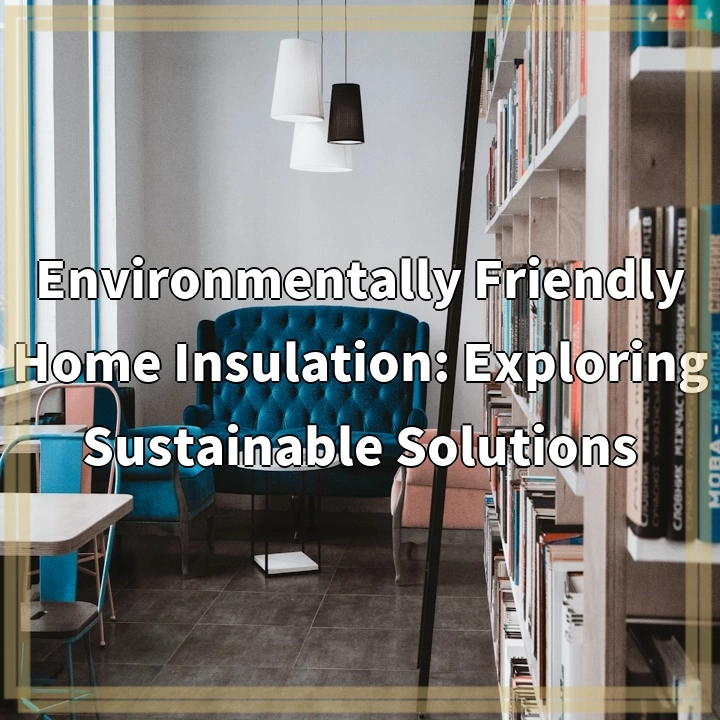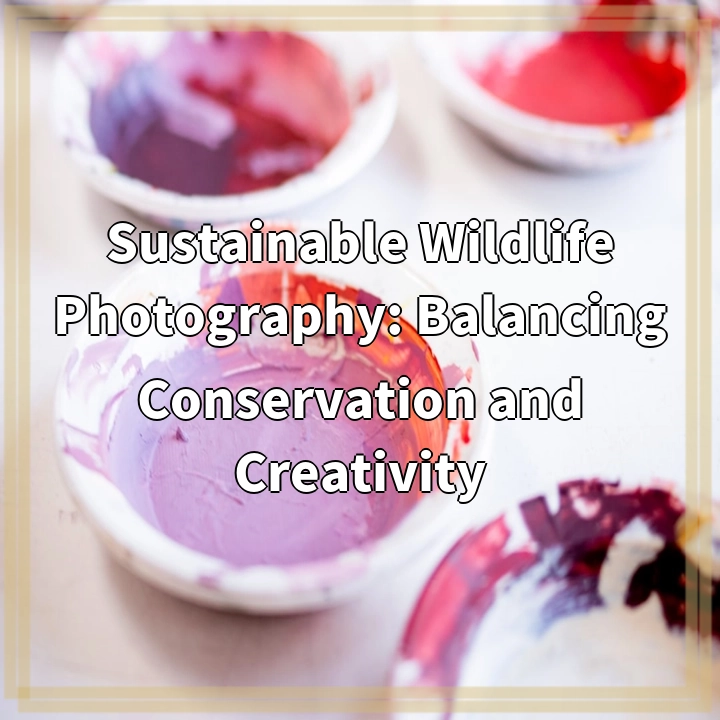
What is Environmentally Friendly Home Insulation?
Environmentally friendly home insulation is a type of insulation material that is designed to reduce energy consumption and minimize environmental impact. Unlike traditional insulation materials, such as fiberglass or foam, which are made from non-renewable resources and can have harmful effects on the environment and human health, environmentally friendly insulation offers a more sustainable alternative.
Real-World Problems with Traditional Insulation
Traditional insulation materials often pose various challenges and drawbacks in terms of their environmental impact. Some of the key issues associated with conventional insulation include:
1. High Energy Consumption:
The manufacturing process of traditional insulation materials requires significant energy inputs, contributing to carbon emissions and climate change. Additionally, their lower insulation efficiency may result in increased energy consumption for heating and cooling purposes in homes.
2. Non-Renewable Resources:
Many traditional insulation materials, such as fiberglass and foam, rely on non-renewable resources like petroleum or mineral extraction. The extraction and processing of these resources have detrimental environmental impacts, including habitat destruction and pollution.
3. Health Concerns:
Certain traditional insulation materials contain harmful chemicals, such as formaldehyde, volatile organic compounds (VOCs), or flame retardants. Prolonged exposure to these substances can negatively affect indoor air quality and pose health risks to occupants.
4. Landfill Waste:
When traditional insulation materials reach the end of their lifespan or during renovation projects, they often end up in landfills. This not only contributes to the waste problem but also prevents the material from being recycled or repurposed.
By exploring sustainable solutions for home insulation, we can overcome these challenges and create a healthier, more environmentally friendly living space. Let’s dive into some of the alternatives and innovative approaches in the next sections.

Summary: Solutions for Environmentally Friendly Home Insulation
1. Sustainable Insulation Materials:
One solution to address the problems associated with traditional insulation is to utilize sustainable and eco-friendly materials. These can include recycled materials, such as recycled denim or cellulose insulation made from recycled paper. Other options include natural fibers, like sheep’s wool or cork, which are renewable and have low environmental impact.
2. Energy-Efficient Insulation Systems:
Another solution is to implement energy-efficient insulation systems that can reduce heating and cooling costs. This can include the use of spray foam insulation, which creates an airtight seal and improves energy efficiency. Additionally, utilizing insulated concrete forms (ICFs) or structural insulated panels (SIPs) can provide superior insulation performance, minimizing energy waste.
3. Proper Installation and Ventilation:
Proper installation and ventilation are crucial for maximizing the effectiveness of insulation. Ensuring a thorough installation process and addressing any gaps or voids can prevent energy leaks. Additionally, adequate ventilation systems help maintain indoor air quality and mitigate moisture issues, preventing mold and fungal growth.
4. Life Cycle Assessments:
Conducting life cycle assessments (LCAs) is a valuable tool to evaluate the environmental impact of insulation materials and systems. LCAs consider the entire life cycle, from production to disposal, and help identify the most sustainable options. This enables homeowners and builders to make informed decisions and choose insulation materials that have a lower overall environmental impact.
By adopting these solutions, we can enhance the energy efficiency of our homes, reduce environmental harm, improve indoor air quality, and create a more sustainable living environment for ourselves and future generations.















